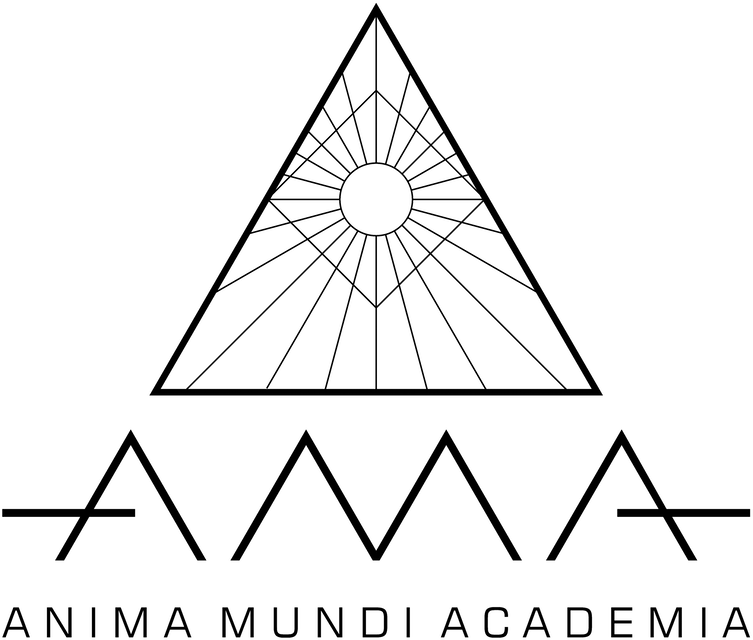Organization for the Democratization of Visual Arts (ODBK)

“Almost one third of solo shows in US museums go to artists represented by just five galleries” – (The ArtNewspaper 2017)
“85% of artists in major U.S. museums are white” – (Cornell University, 2018)
“Overall, 96.1% of artworks sold at auction are by male artists” – (Fabian Bocart, 2018)
ODBK is an activist organization that aims to create a more equal, diverse, inclusive and democratic art world. ODBK seeks to do this by diversifying and increasing the number of people who directly influence the decisions that define what is and will be considered art for the current and next generations.
“I created the Organization for the Democratization of Visual Arts (ODBK) out of the desire to make a system-changing initiative for a more equal, diverse, and democratic art world.” David Hinojosa, the founder.
We want to see a bigger number of active participants in the decision making which defines the current and future art world. By decision making we refer to the ability to influence the selection of artists in art spaces – public or private, known or unknown, the relevance and importance of artists and their works for the art world, cap-prices of artworks, and distribution of public funds for the arts. This should be done and decided without influence from factors such as income, gender, nationality, social status and any other potentially altering kind of identity.
The ODBK has two main functions. The first is the facilitation of the understanding and appreciation of contemporary art for a wider number of people. This is realized through educational talks, events, and online and offline meetings.The second focus is the support of projects and initiatives that allow for influence on a grassroot level in the decisions that shape the art world and art market.
The main projects of ODBK:
1. Art Market Regulation Commission – AMARC:
It is a coalition of three groups representing the art world: the institution, the artists and the art lovers and they execute the decisions for the market / contemporary art world based on a democratic process. The decisions taken by AMARC are: which artists should participate in the spaces: public museums, public art spaces, spaces of non-profit organizations, private spaces certified by AMARC, maximum prices for works of art in the primary and secondary markets and distribution of public funds for visual arts.
Decision processes carried out by the AMARC are normally executed by a minimum of 10 randomly selected members, the representation should have a mix of minimum parametrization like gender, country of origin, among others. There are two types of votes: the Boolean vote (yes or no) and the vote of quantification (a number between 1 and 100).
2. Pure Taste Indicator – PTI :
It is a new reference model for the art world. The main idea is to measure the importance of the artist and the quality and price of their artwork based in democratic processes. In ODBK we use a methodology of making an international referendum using the database of AMARC members to evaluate the “pure taste” of the work of an artist. This referendum is executed by the three groups of people affected by the decisions of the art market: institutions, artists and art lovers. Giving, as a result, a “pure taste” indicator based on the fine art knowledge of this representative group of the art world without hidden variables used by the current art market to speculate with the artist name and artworks. The “pure taste” is represented by a number that situates the price of the artworks of an artist in a cap range price.
3. Equality and Diversity Certification for Art Institutions
It is a program initiated and operated by ODBK that publicly recognises those arts organisations demonstrating a history of, and commitment to, voluntarily making the art world more equal, diverse and democratic. The objective of the ODBK with this program is to make sure that the artists, as well as the people who create artistic work, are representative of what conforms to the current art world and for audiences too. ODBK evaluates, with the backing of a team of academics and professionals in art, the level of equality and diversity that an art institution has.
What is being measured? The aspects of diversity like: gender, race, disability, country of origin, age, fame in the art world and diversity of art medium.
A jury of four persons, two representants of the ODBK and two external, decide the level of equality and diversity of the institution
